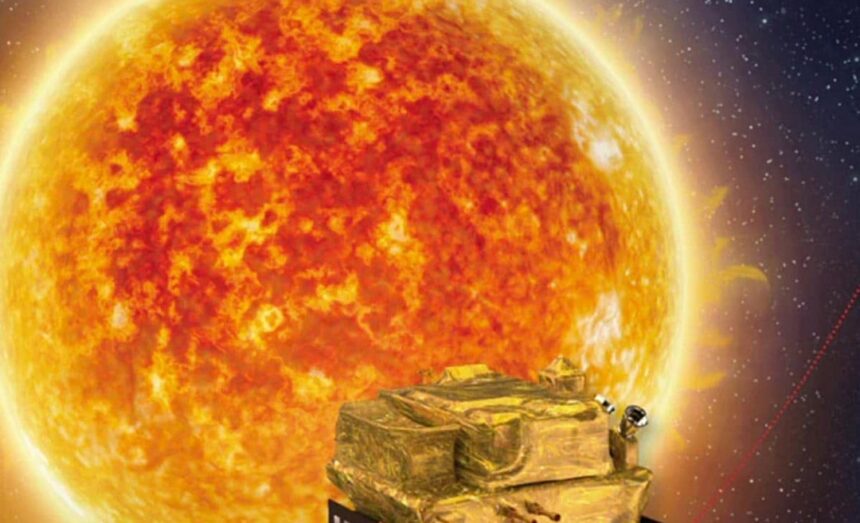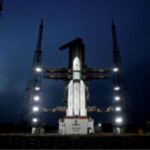The space agency also shared an image depicting the change in energy of the number of protons and alpha particles captured by the new payload.
New Delhi: Aditya L1, India’s ambitious solar research mission, took a giant step forward today and has now started observing the solar wind. The Indian Space Research Organization (ISRO), sharing the development, said the Aditya Solar Wind Particle Experiment (ASPEX) payload on the satellite has commenced operations and is functioning normally.
ASPEX consists of two instruments: the Solar Wind Ion Spectrometer (SWIS) and STEPS (Superthermal and Energetic Particle Spectrometer). While STEPS became operational on September 10, the SWIS tool was activated on Saturday and showed optimal performance, ISRO said. The space agency also shared an image on X (formerly Twitter) illustrating the energy change in the number of protons and alpha particles captured by the new payload.
The mission took off from Sriharikota in Andhra Pradesh on September 2. The main objectives of the mission include studying the physics of the solar corona and its heating mechanism, acceleration of the solar wind, coalescence The composition and dynamics of the solar atmosphere, the distribution of the solar wind, and temperature anisotropy. , and the origins of coronal mass ejections (CMEs) and near-Earth space weather and explosions.
Other projects underway in India include a human spaceflight program that aims to send astronauts into orbit for the first time, possibly by 2025.
For more information, visit at https://happenrecently.com/zepto/?amp=1



